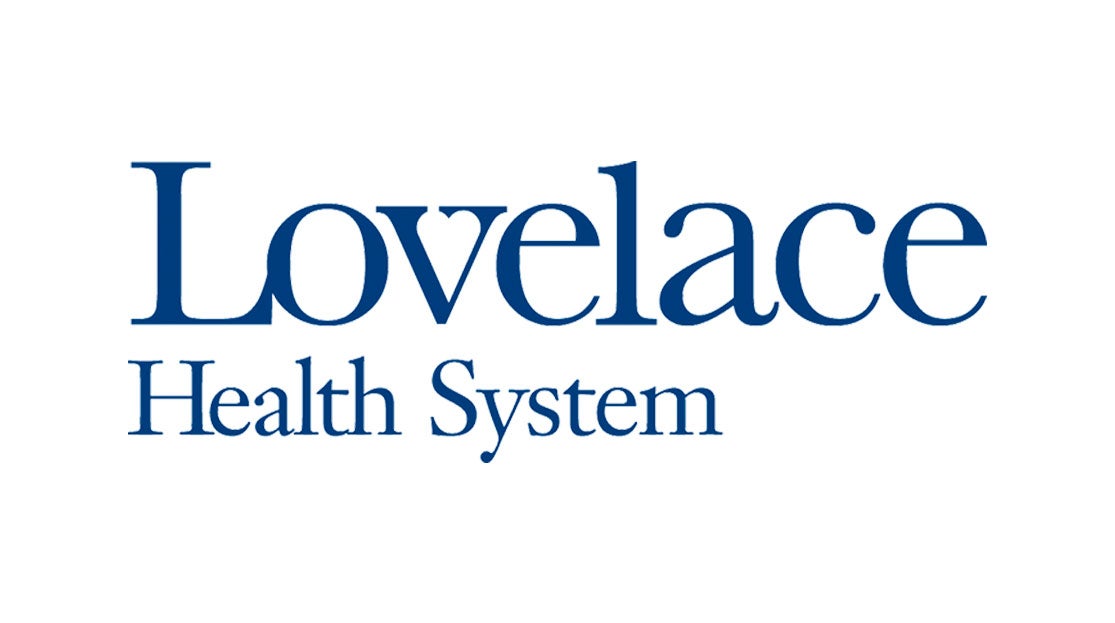
This year, health care providers and organizations like March of Dimes, working to reduce the number of babies born to early, have reason to briefly celebrate. For the seventh year in a row, preterm birth rates had dropped. Even better news? At 11.4 percent in the United States, the preterm birth rate is the lowest in 17 years and meets the goal set forth by federal government seven years ahead of target. However, everyone agrees there are far too many babies born before 37 weeks. We "still earned a 'C' grade on the report card this year," March of Dimes chief medical officer Dr. Edward McCabe said in an interview earlier this month. "Too many babies are being born too soon."
March of Dimes is working with health care providers to reach the community and spread awareness about the dangers of preterm delivery though several outreach campaigns including “Every Week Counts” - encouraging mothers and health care providers to wait until 39 weeks for induction or c-section, unless medically necessary. Their goal is to see the preterm birth rate continue to drop to 9.6 percent by 2020. Additionally, research dollars have been invested to learn more about the potential causes of preterm birth. Babies born prematurely may face a host of serious health conditions including newborn breathing and feeding problems, cerebral palsy and even newborn death.
November 17 marks World Prematurity Day, inviting the global conversation to highlight the need for better understanding of preventing preterm birth and the risks associated for the 15 million babies born too early. While lifestyle risks like smoking, alcohol and drug use during pregnancy can increase the risk of preterm birth, other conditions like carrying more than one baby, chronic health conditions affecting the mother (high blood pressure and diabetes), problems of the uterus or cervix, and infection can contribute to preterm birth.
Pregnant women can take steps to reduce their risk of delivering their baby early by first, eliminating tobacco, alcohol and drug use during pregnancy, as well as talking with their health care provider before or early in the pregnancy about other medical methods available. From weekly progesterone shots to special consideration for controlling high blood pressure and diabetes or even invasive medical procedures, health care providers have tools to help prolong pregnancy as close to 37 weeks as possible. It is always advised to seek prenatal care throughout pregnancy and take a daily prenatal vitamin including folic acid.
Mothers also need to be informed of the signs of premature labor including:
-Contractions before 37 weeks (10 minutes apart or closer)
-Change in vaginal discharge (bleeding or leaking fluid)
-Feeling the baby is pushing down (pelvic pressure)
-Back pain that feels low and dull, but consistent
-Cramping
Anyone experiencing these signs of preterm labor should contact their health care provider immediately.
At Lovelace Women’s Hospital board-certified neonatologists lead a specialized team of nurses, respiratory therapists, physical therapists, dietitians, social workers and other caregivers who work together to provide the best care available for babies requiring medical attention in the Neonatal Intensive Care Unit (NICU). For more information on the special care these babies and their families received, please click here.




